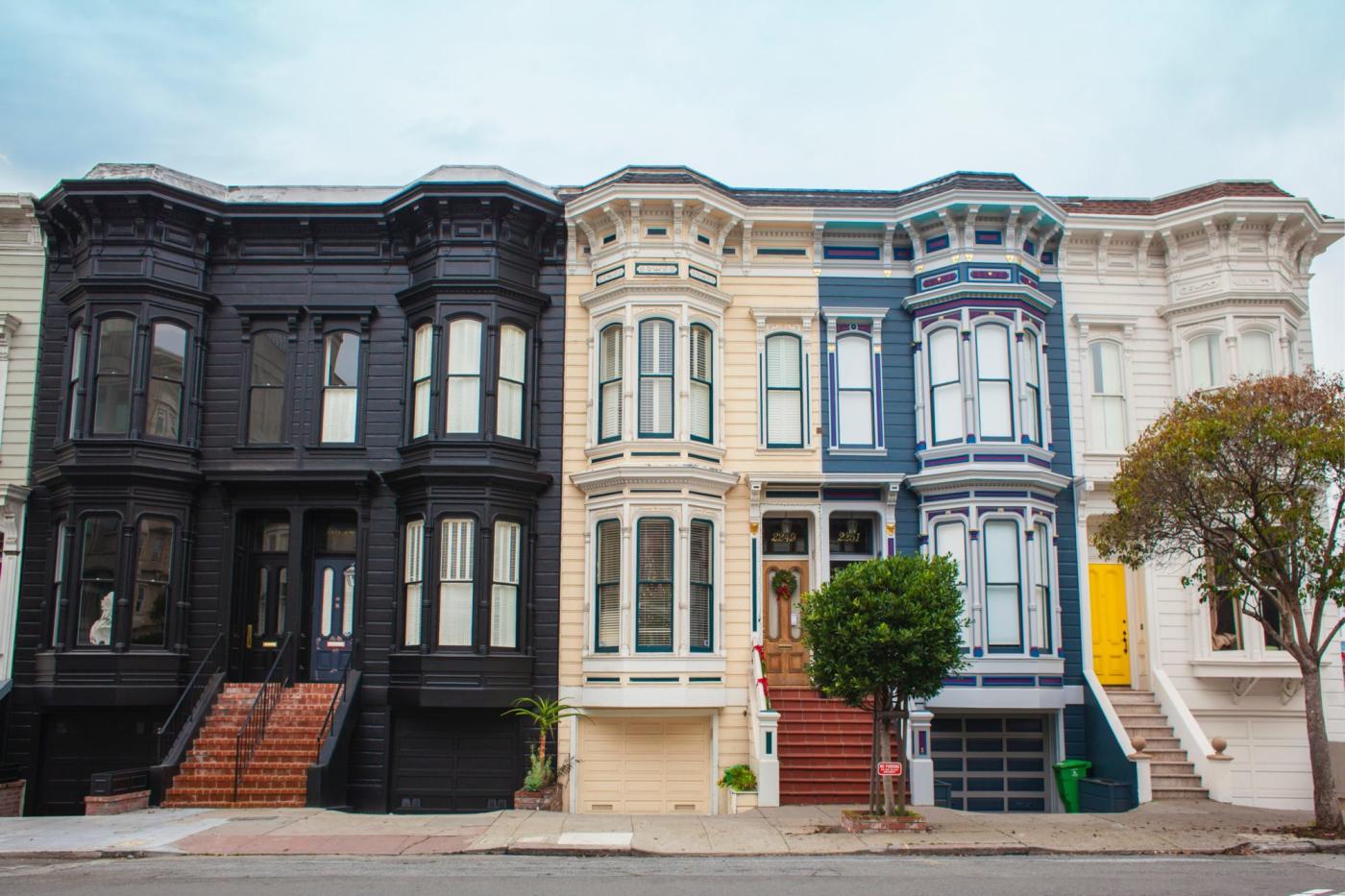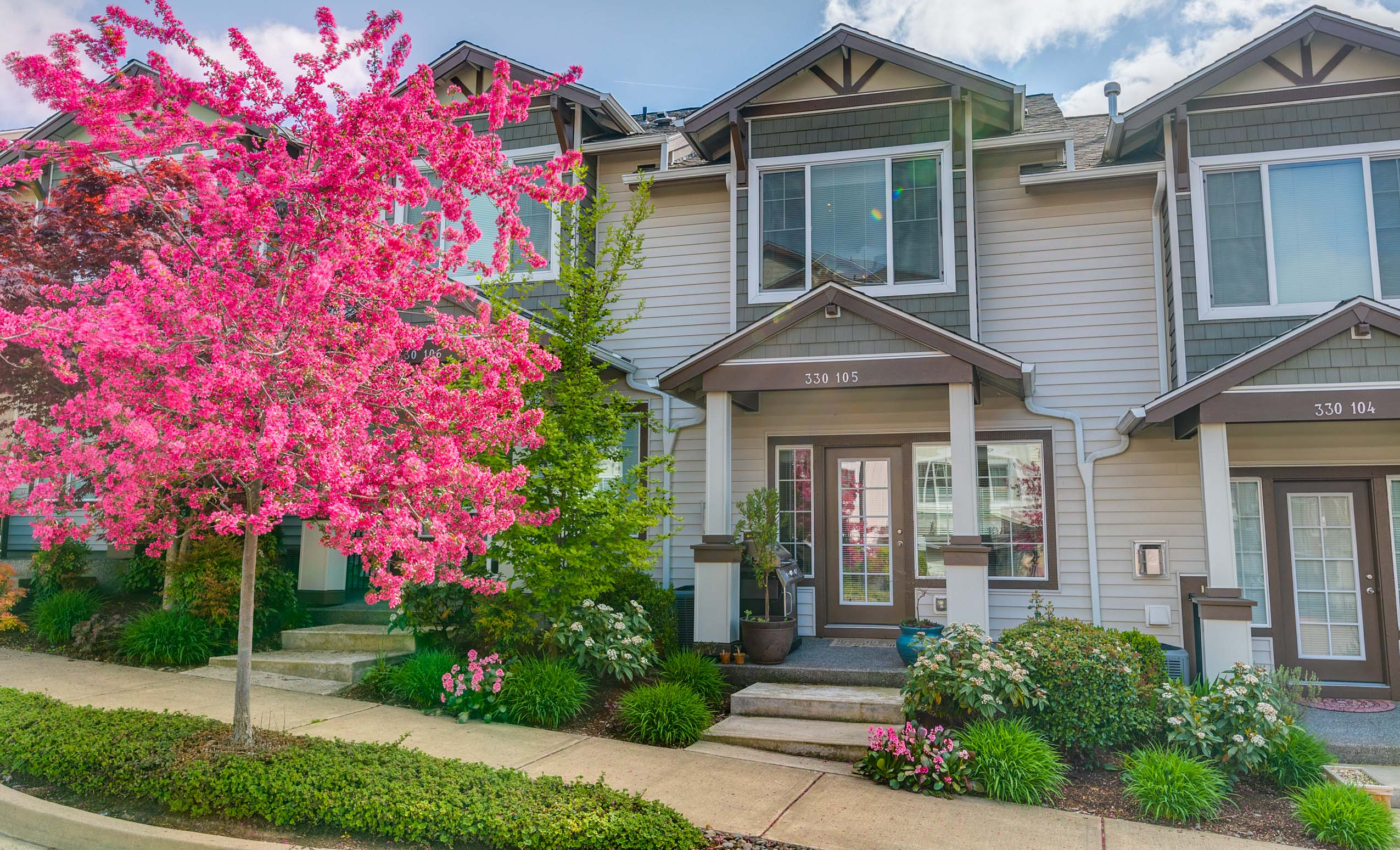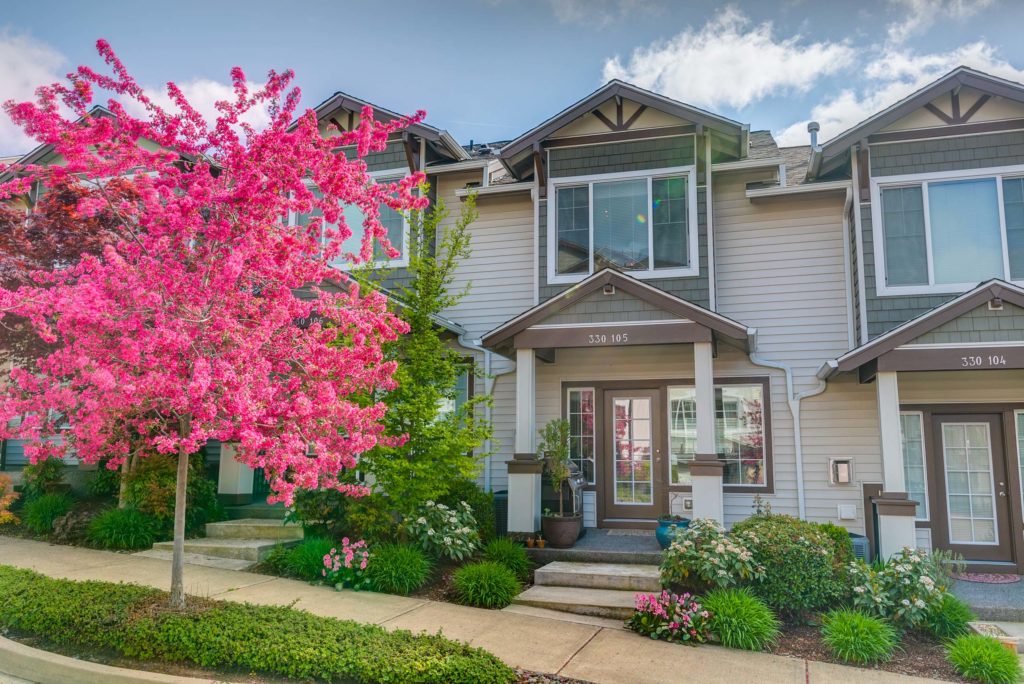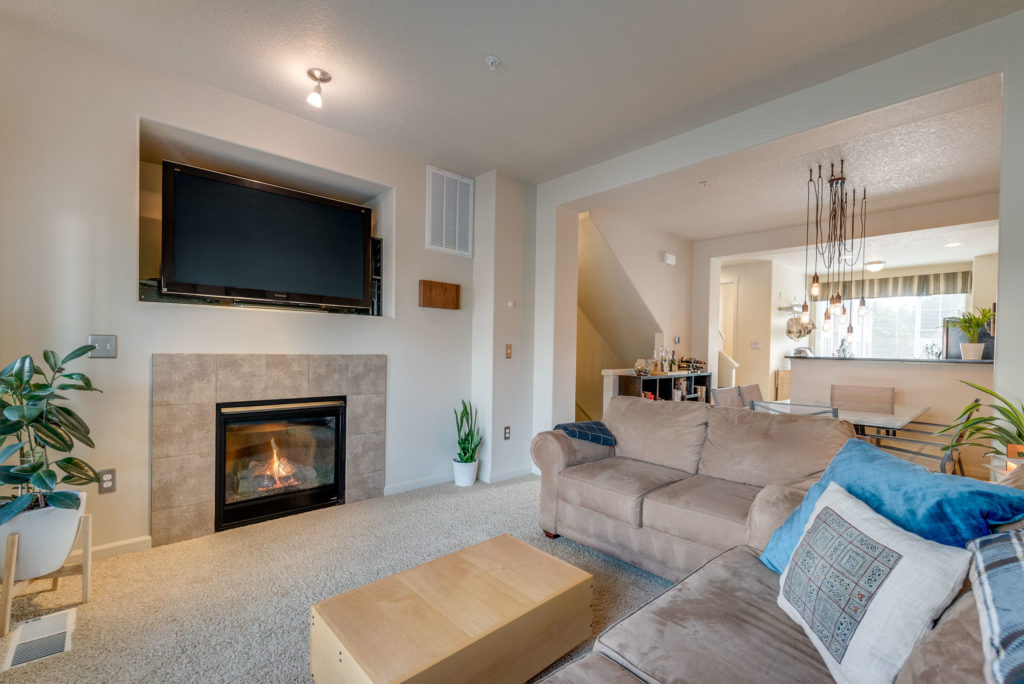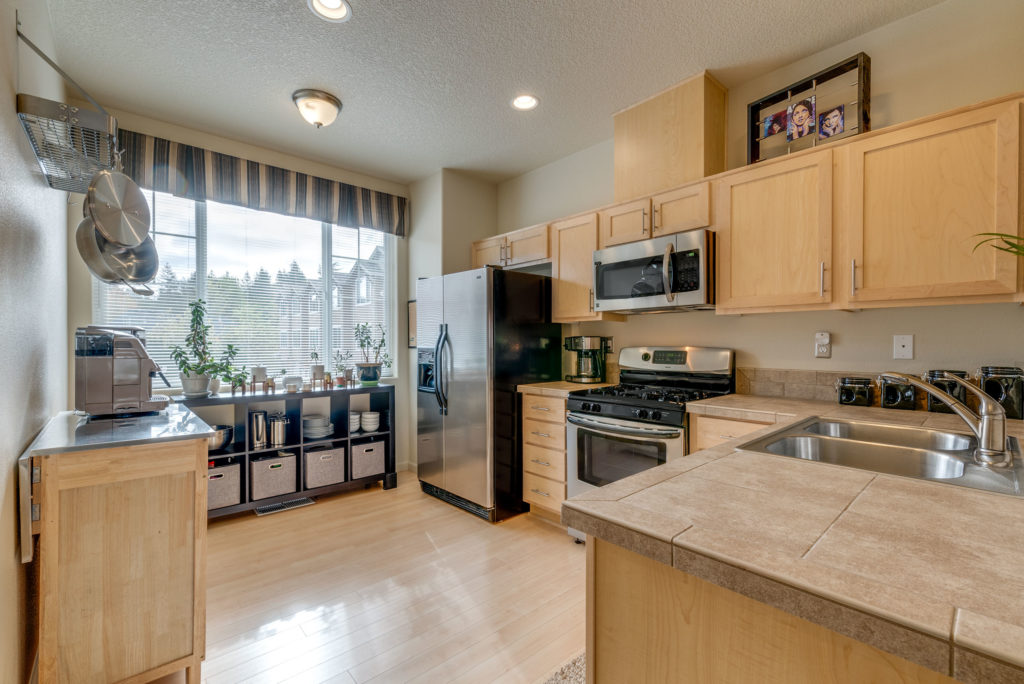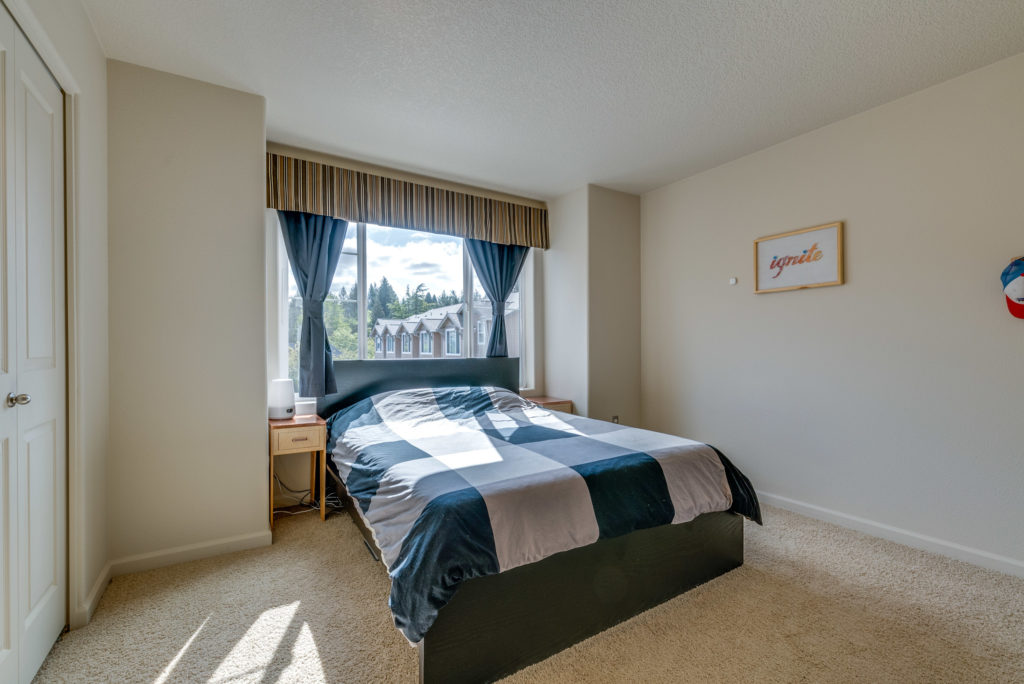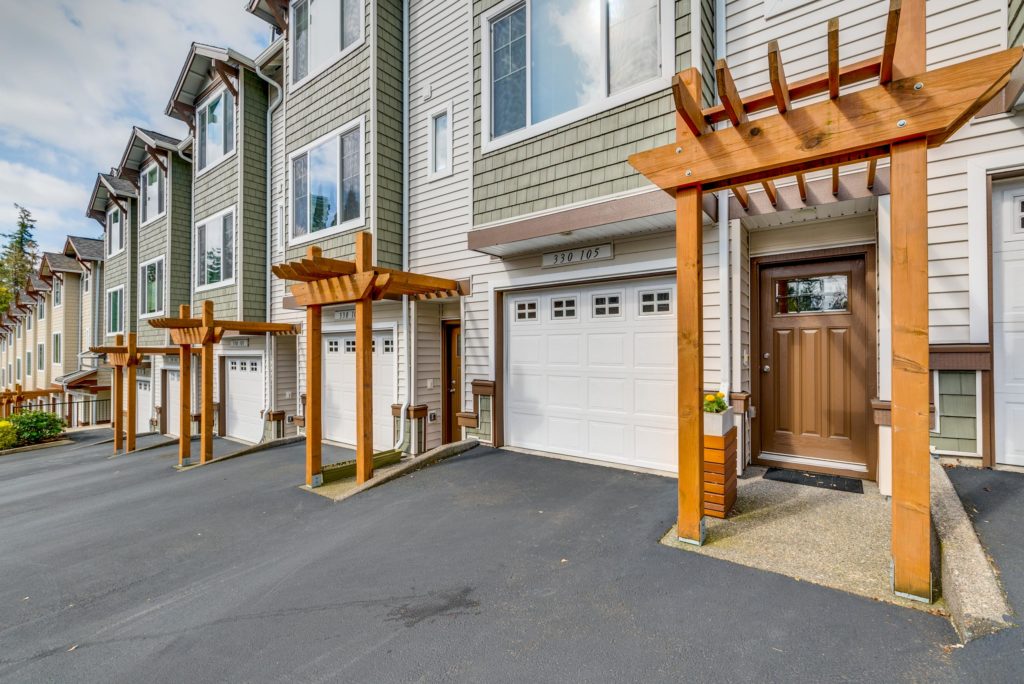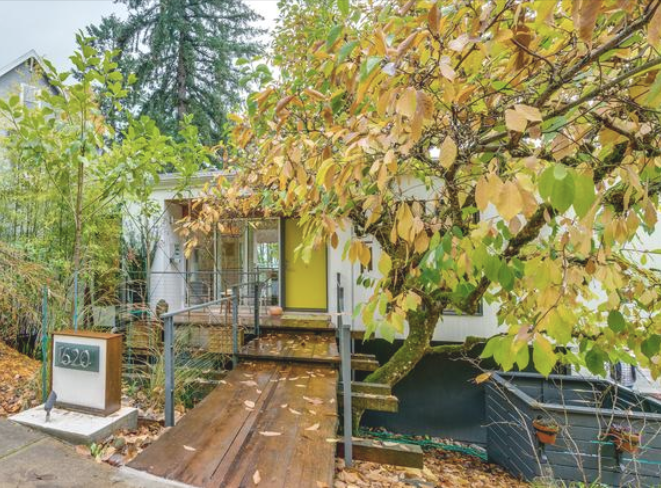2018 began as the year of high home prices, low mortgage rates, and closed out on the opposite end of the spectrum. In 2018, real estate prices hit an all-time high mid-year, and American wage growth slowed. At the same time, it was estimated that nearly half of US housing markets were overvalued.
2019 is expected to bring relative relief to consumers. “2018 is looked at as one of the most competitive home-buying markets in history,” says Kathy Cummings, SVP of homeownership solutions and affordable housing programs at Bank of America. “So as a contrast, in 2019 consumers will feel some relief. Inventory shows signs of rising and diversifying with prices reaching the lowest seen since 2014.”
Here’s what you can expect in 2019 residential real estate.
Mortgage rates will likely continue to rise, but at a slower rate
- The Fed raised mortgage rates in December 2018, and it’s expected to do so again in 2019, though at a slower rate than 2018. Housing inventory will increase but will not meet demand, which will drop prices, but not significantly. And with wage growth still sluggish and rent prices on the rise, many may find it tough to save for a down payment.
Millennials will continue to make up a large segment of homebuyers
- Millennials made up the largest share of homebuyers in 2018, according to the National Associations of REALTORS®, and in 2019 this demographic will continue to lead in home purchases.
The 18-hour city will continue to rise in popularity
- American workers with high-earning jobs are finding themselves priced out of gateway cities like San Francisco, New York, and Los Angeles, giving rise to growth of 18-hour, or secondary, cities like Huston, Raleigh, Phoenix, and Philadelphia. Cities like Seattle and Austin, who were among the first “wave” of secondary city growth, are arguable edging into the primary city halo as cost of living blooms.
- Matt Guy, managing principal broker for Living Room Realty states “in markets like Portland, there will be high demand and multiple offers for very desirable areas and competitively priced homes, characteristics of the hotter markets of the pervious years. We expect to see continued migration from more expensive areas like California to places such as Portland which are perceived as more affordable.”
Article originally published at HouseMethod.com – read the full article HERE
